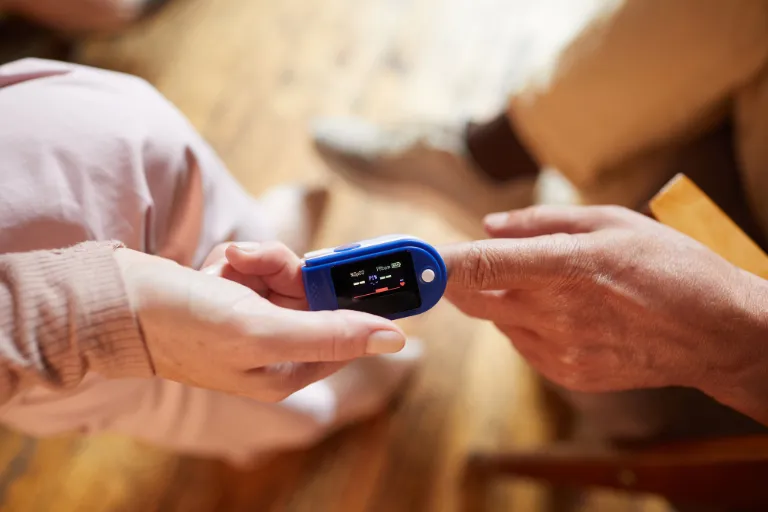Oxygen is crucial for every breath we take, and understanding how our body’s oxygen levels change with age is essential for maintaining health in our senior years. This article provides a clear overview of what to expect and how to manage these changes effectively.
What Happens to Oxygen Levels as We Age?
As we grow older, our bodies undergo various physiological changes that can affect how well we process oxygen. These include a natural decline in lung capacity and muscle strength, which can impact breathing efficiency. Understanding these shifts is key to managing overall health and wellbeing in later life.
Recognising Signs of Low Oxygen Levels
Shortness of Breath
Experiencing breathlessness during activities that were once easy could be a sign of reduced oxygen intake.
Increased Fatigue
Feeling unusually tired or fatigued can also indicate that your tissues aren’t getting enough oxygen.
Pale or Blue-Tinged Skin
A noticeable change in skin colour might suggest a significant drop in oxygen levels, warranting immediate attention.
Subscribe for Free for more insightful health articles tailored to your needs.
How to Maintain Healthy Oxygen Levels
Regular Physical Activity
Gentle exercises, like walking or swimming, can help enhance lung function and improve oxygen intake.
Healthy Eating
A balanced diet rich in antioxidants helps maintain strong blood cells for carrying oxygen throughout the body.
Breathing Exercises
Simple techniques, such as diaphragmatic breathing, can increase lung capacity and improve oxygen levels.
Subscribe for Free for more insightful health articles tailored to your needs.
Monitoring Oxygen Levels at Home
Investing in a pulse oximeter—a small device that clips to your fingertip to measure oxygen saturation—can be a good way to keep an eye on your levels at home. Regular monitoring can help you catch any declines in oxygen levels early, allowing for timely adjustments in your routine.
When to Consult a Healthcare Provider
It’s crucial to seek advice if you notice a persistent decline in oxygen levels or if symptoms like shortness of breath occur frequently. Timely consultation can help address underlying issues before they impact your quality of life.
Conclusion:
Keeping track of how oxygen levels change with age is vital for senior health. By staying active, maintaining a nutritious diet, and monitoring your oxygen levels, you can enjoy a vibrant and healthy senior life. Remember, this advice is meant to complement professional guidance, not replace it.
This blog post aims to be informational and should not replace professional medical advice. Always consult with a healthcare provider for personalized advice.
Looking for more health insights as you age? Subscribe to our newsletter for regular updates and expert tips!



